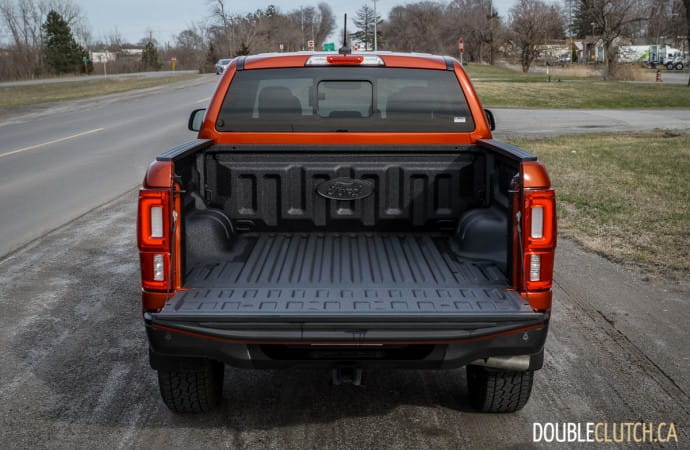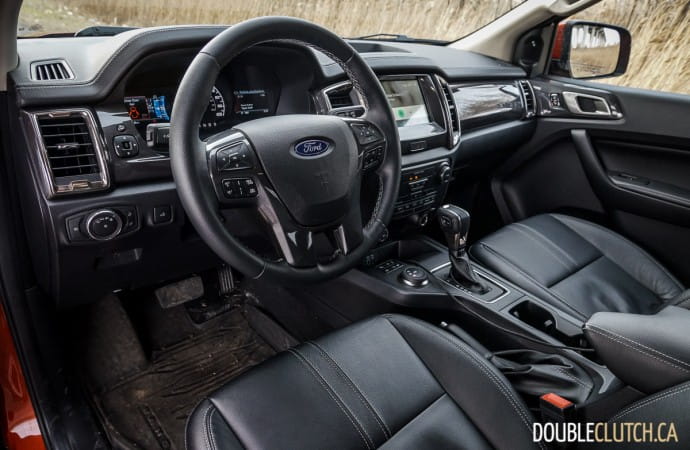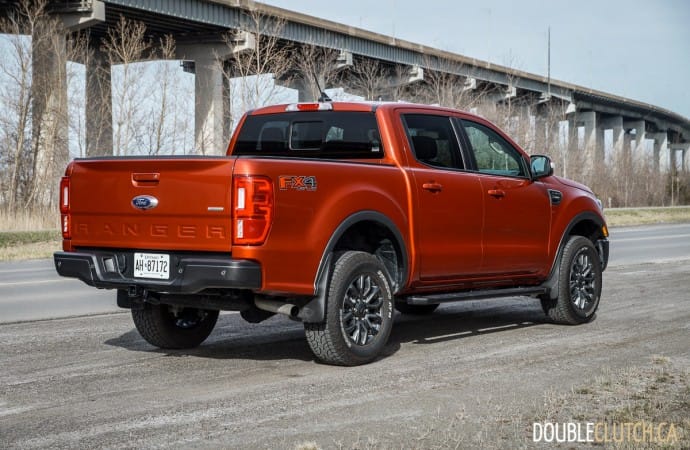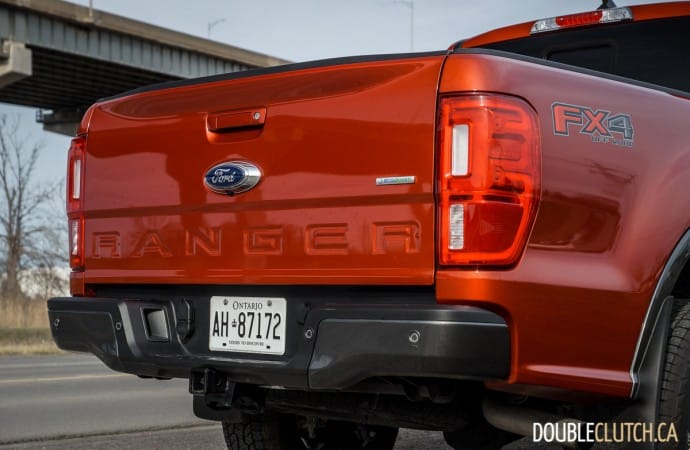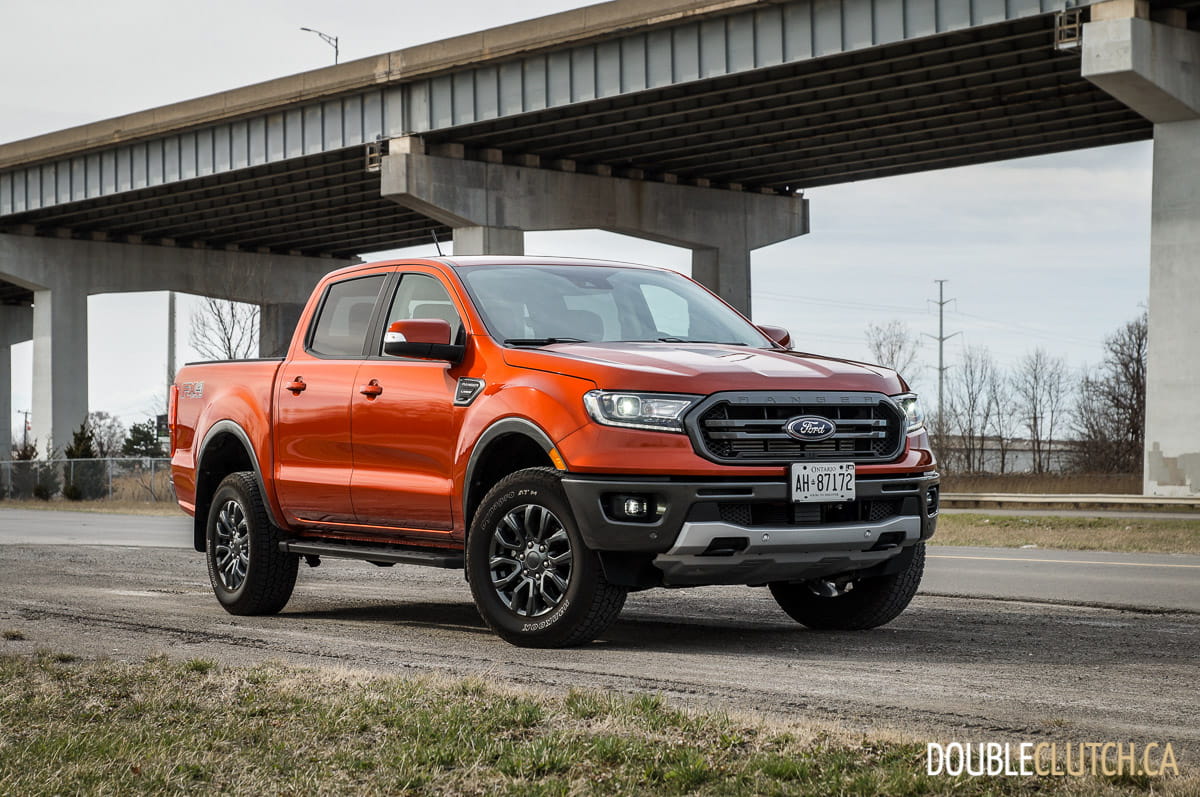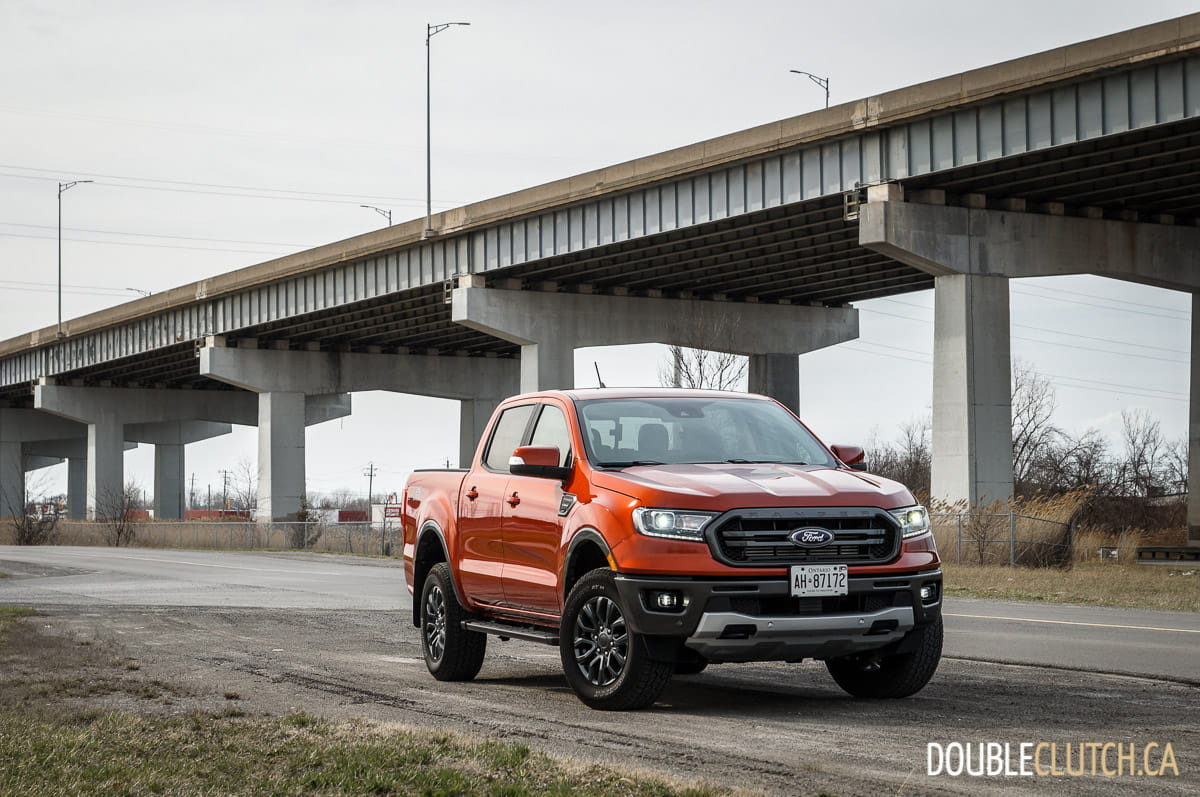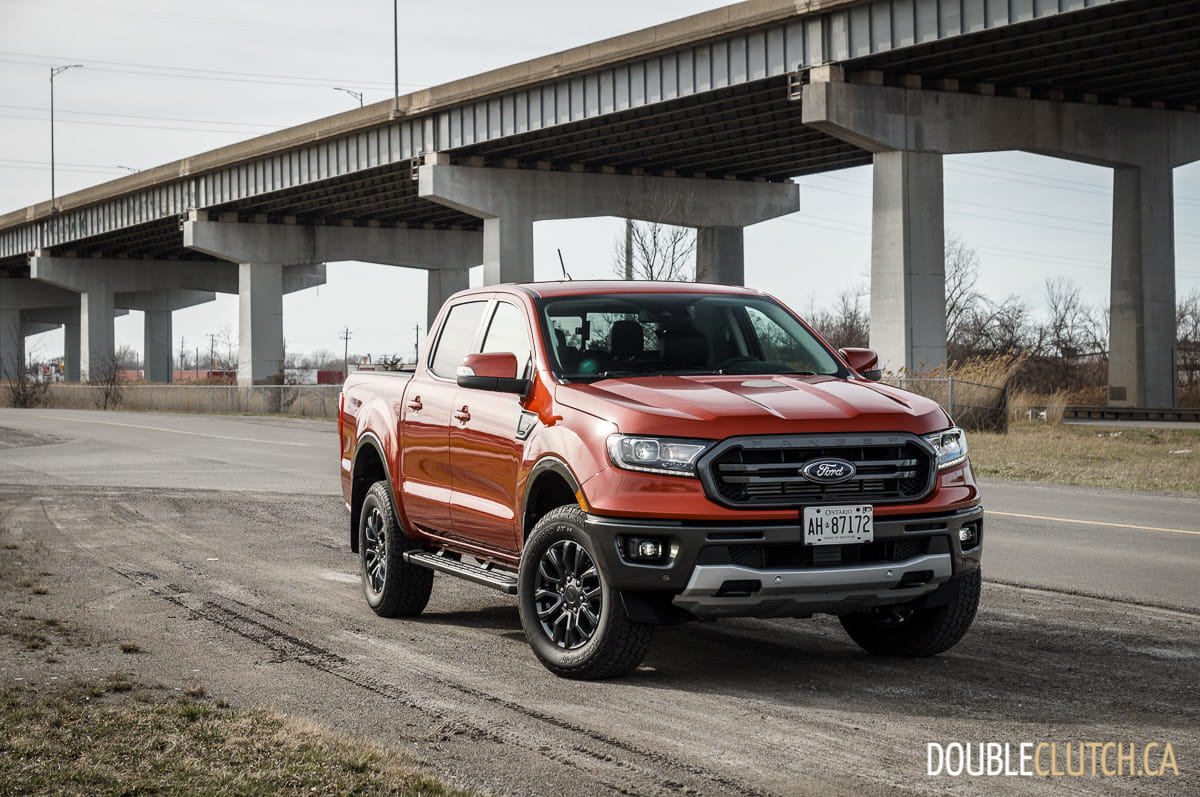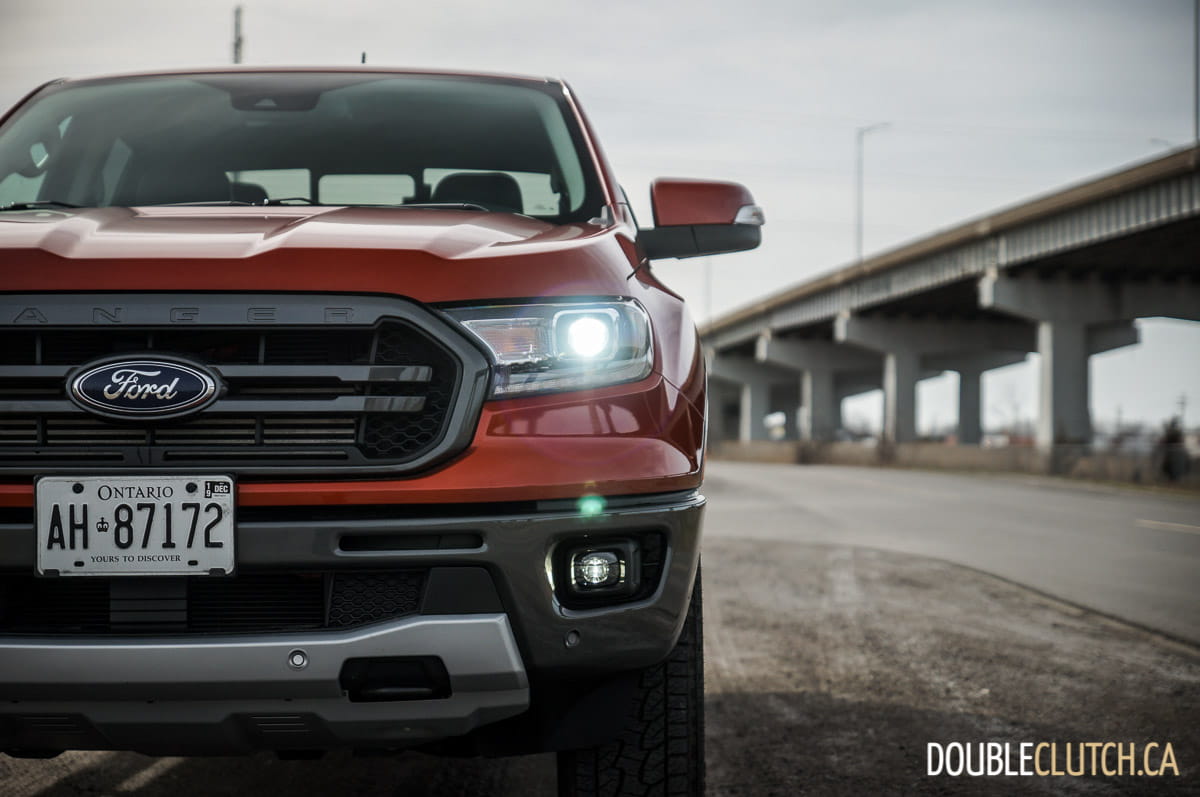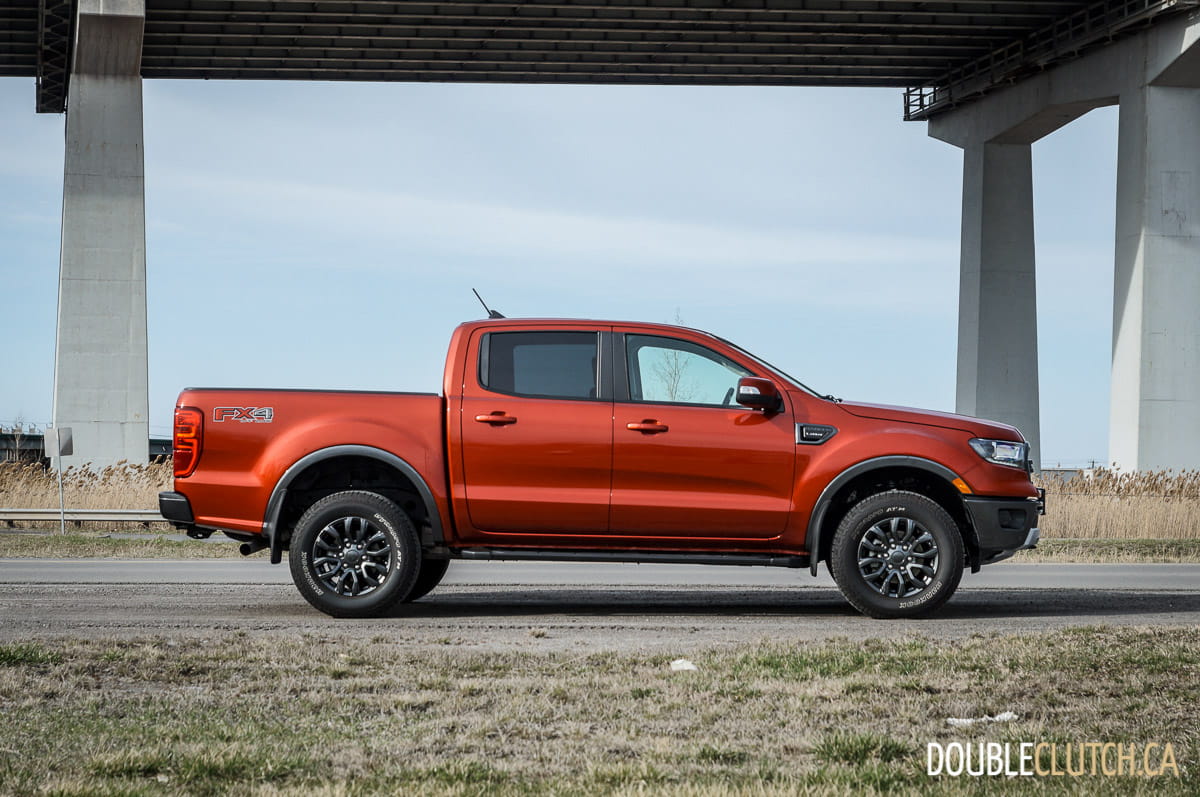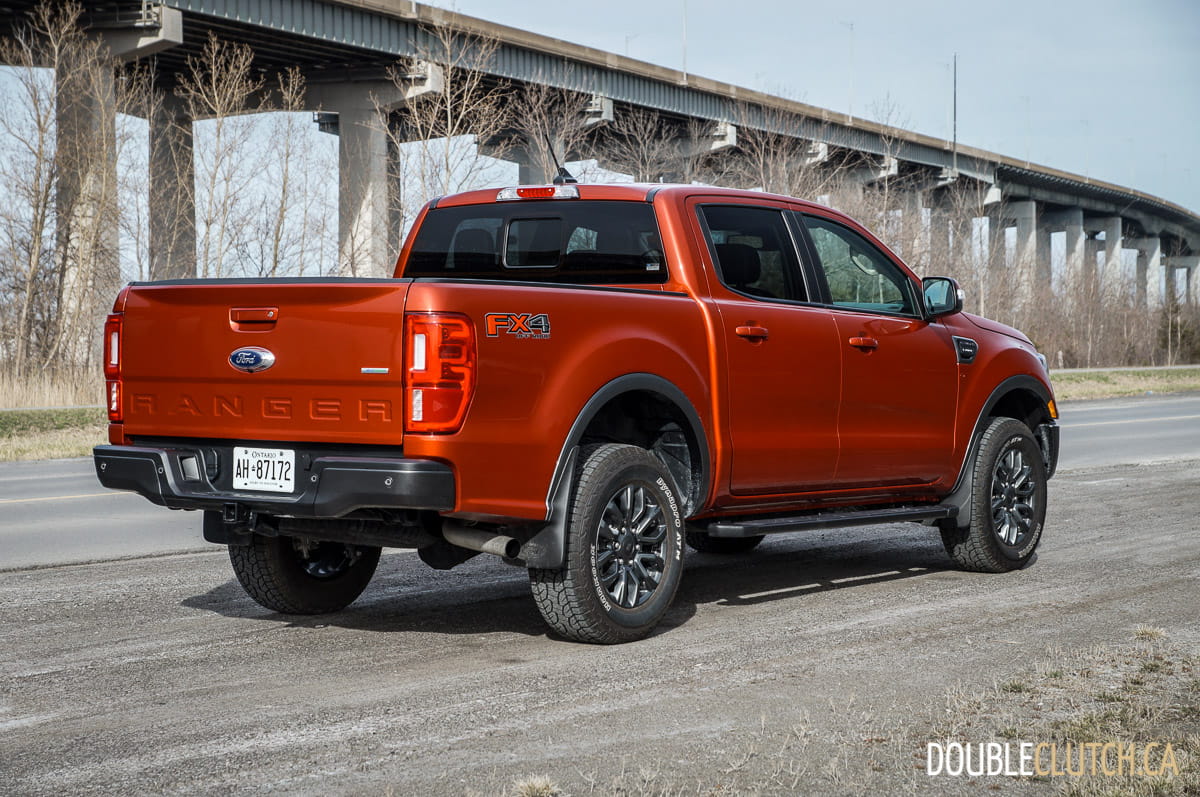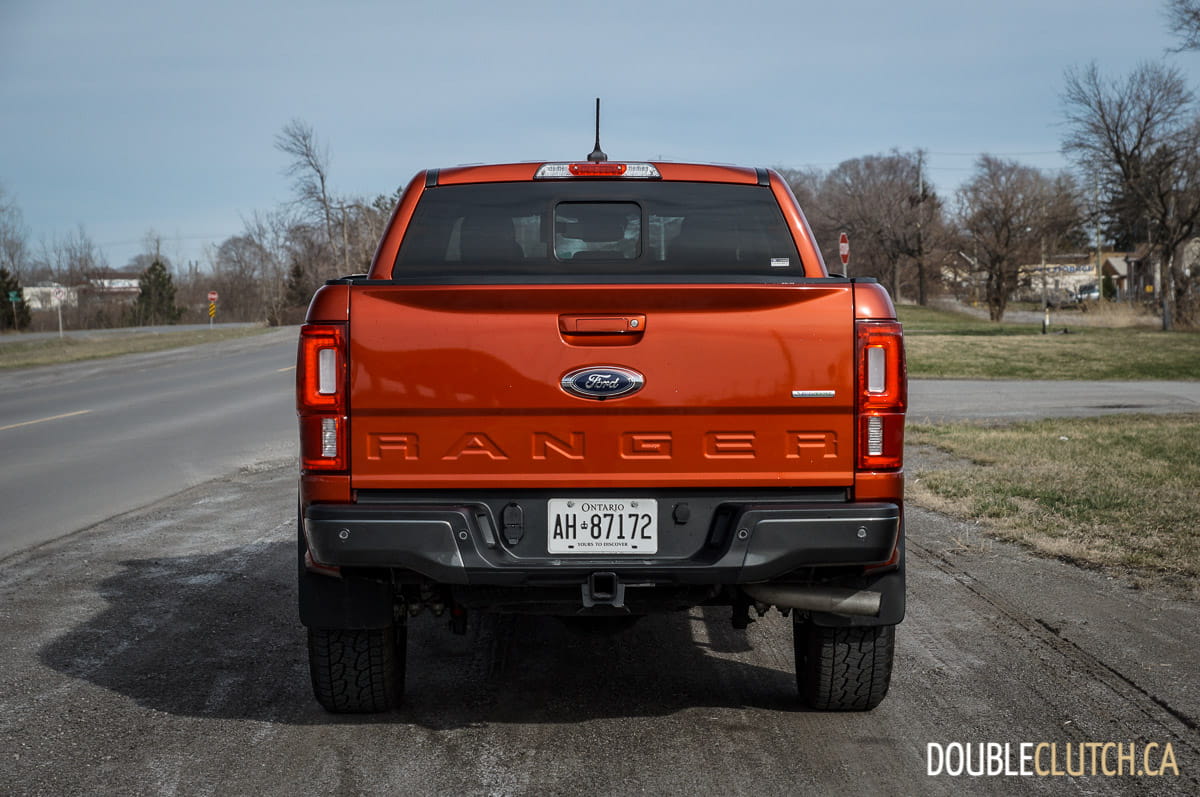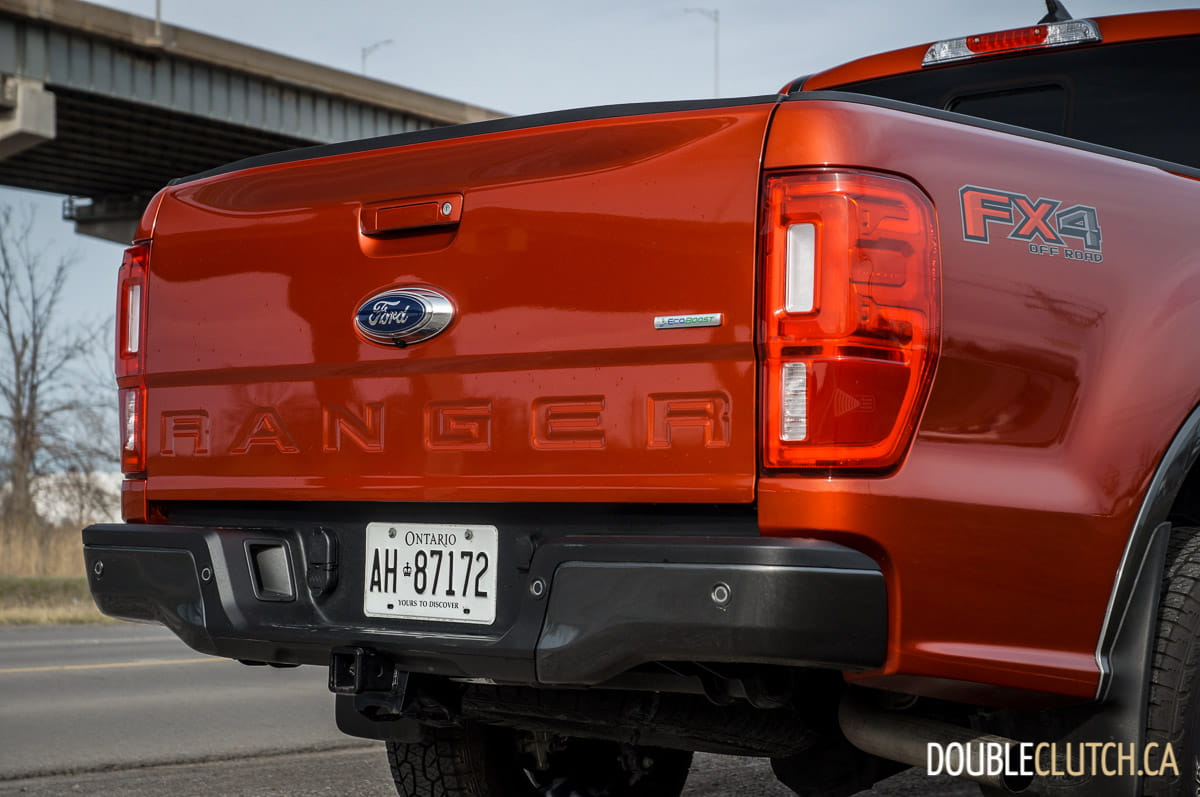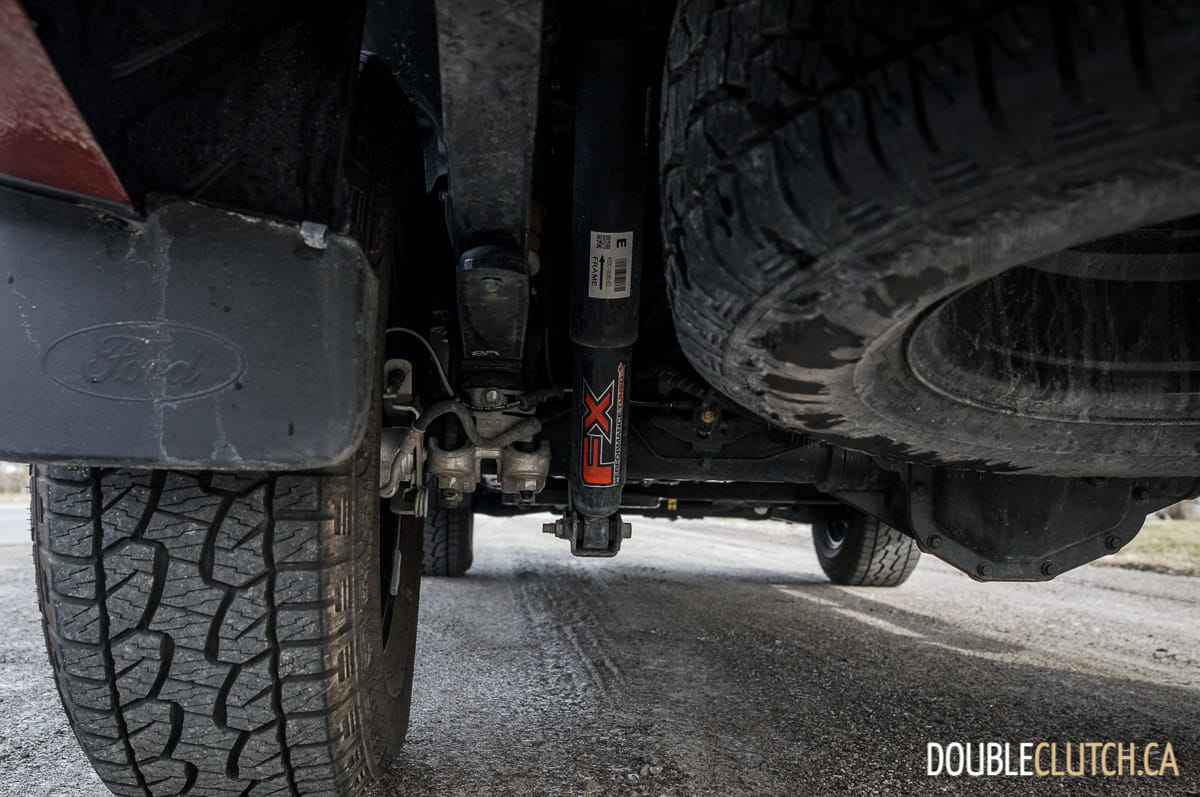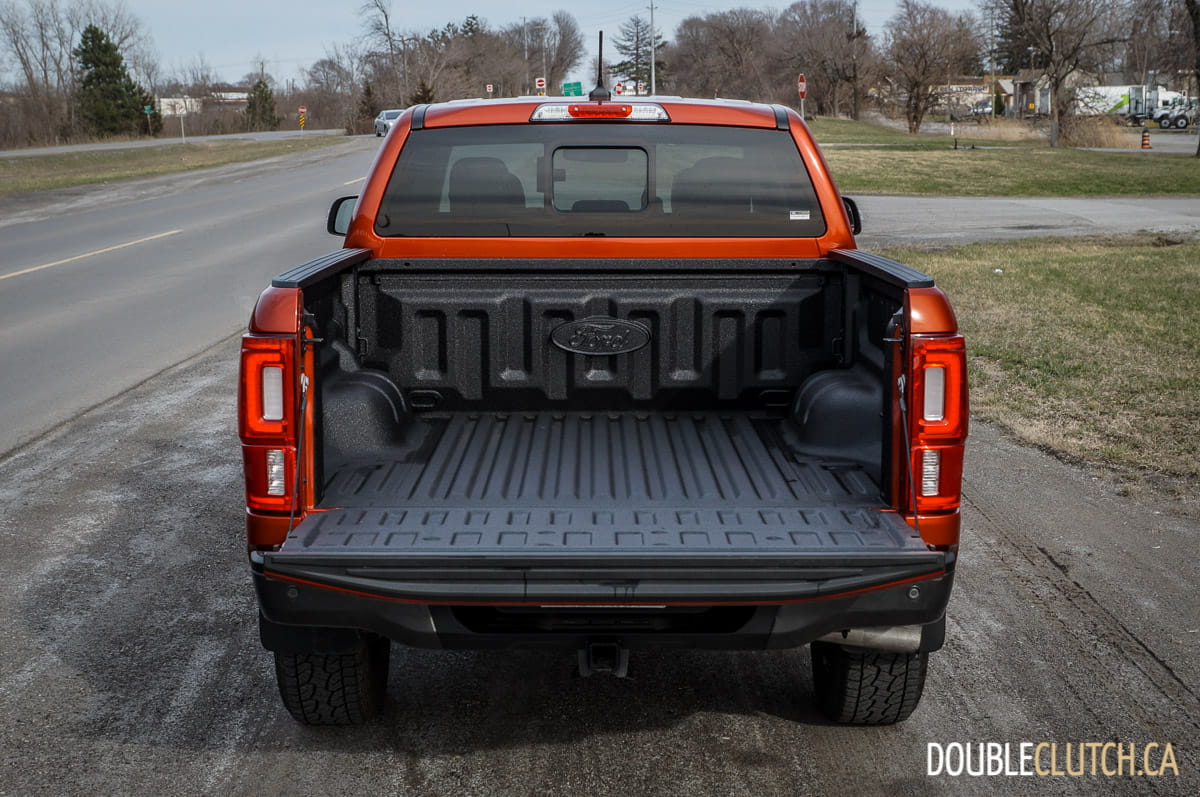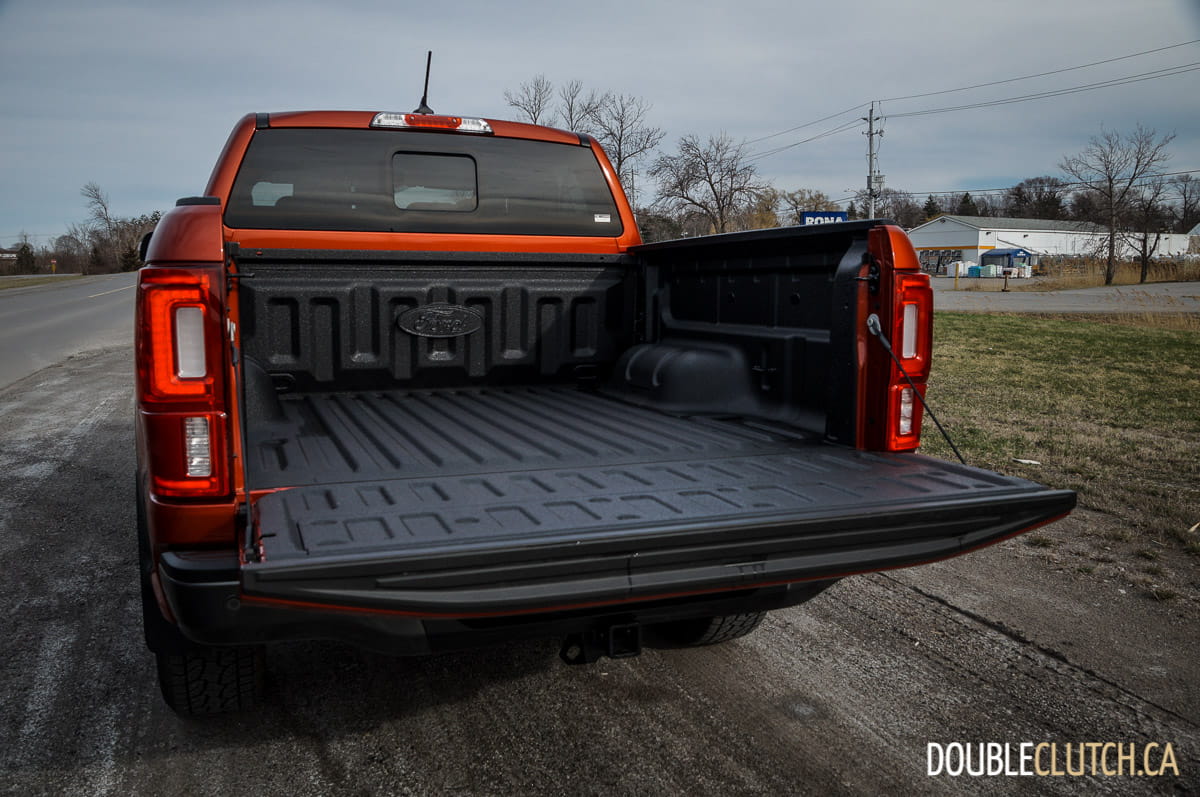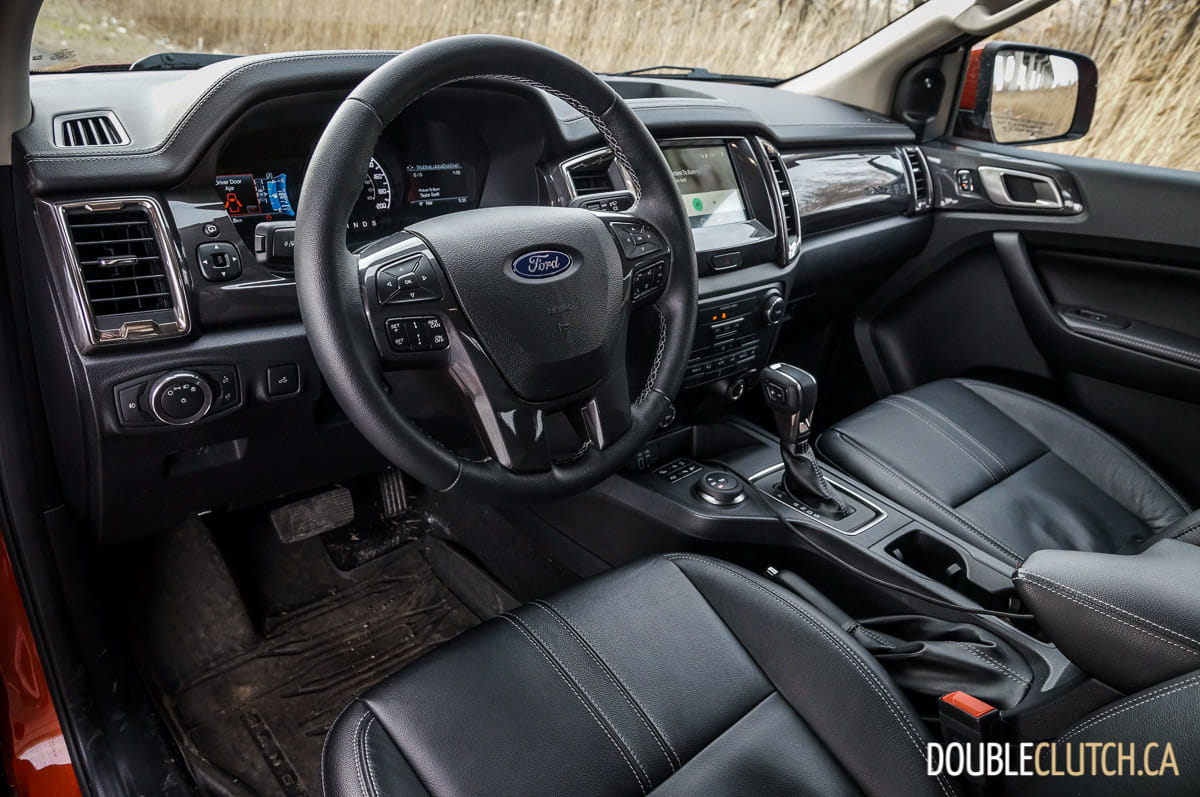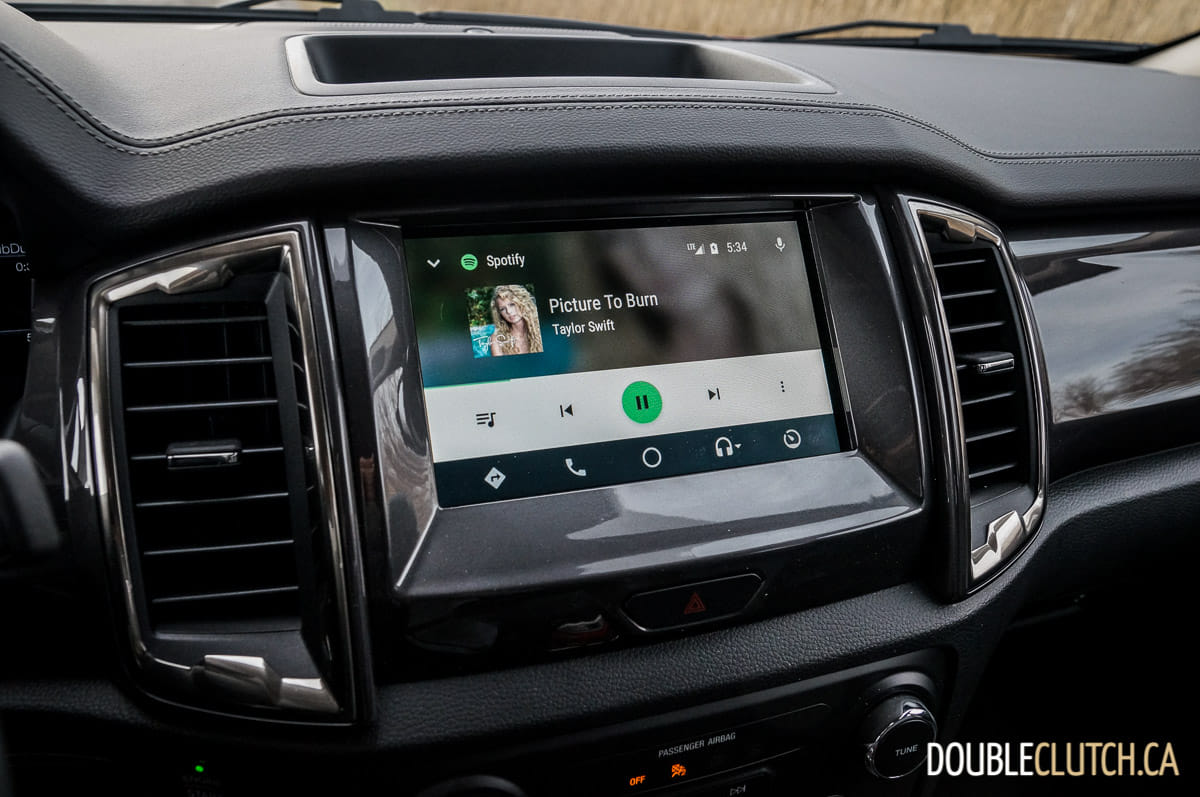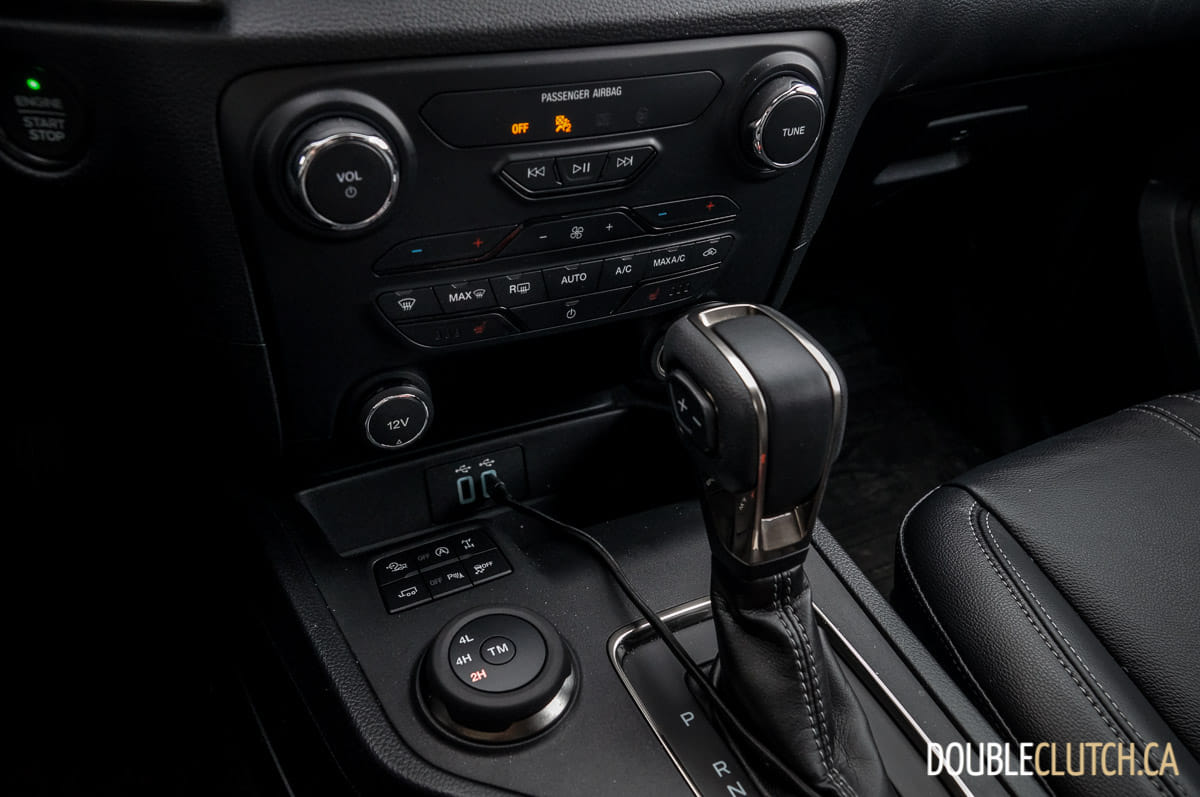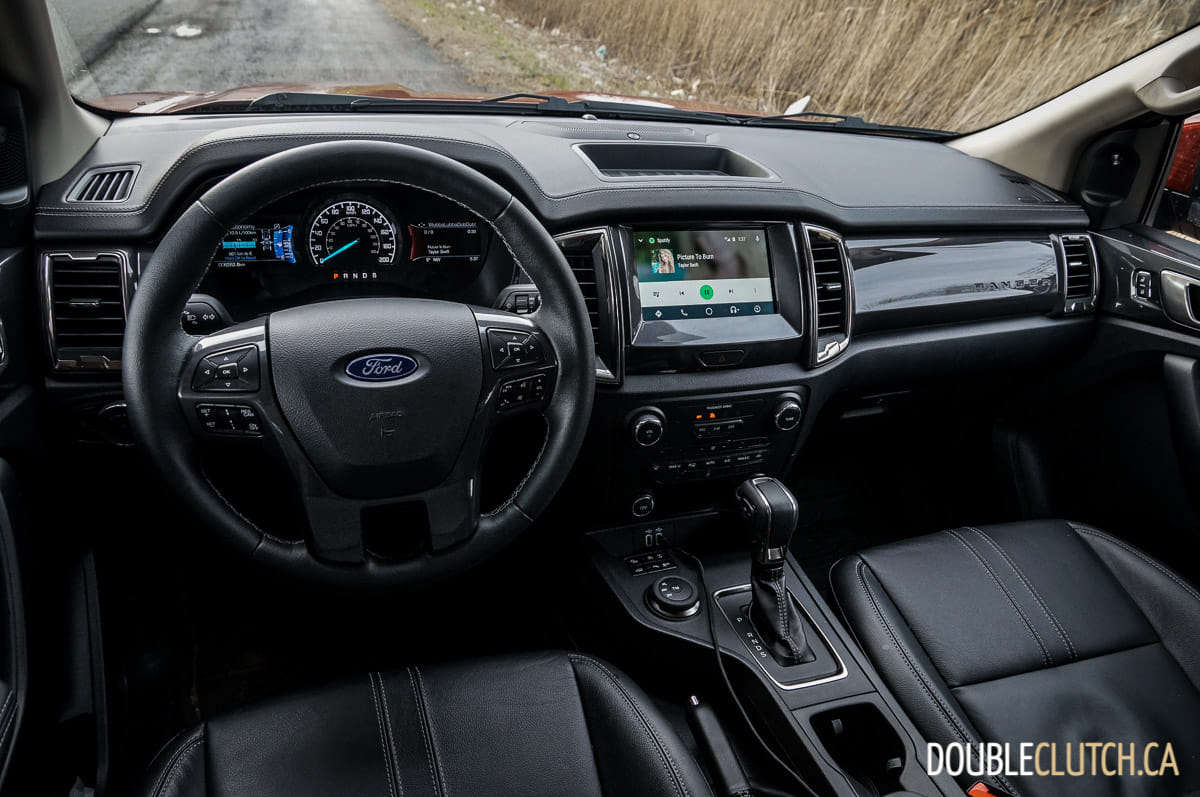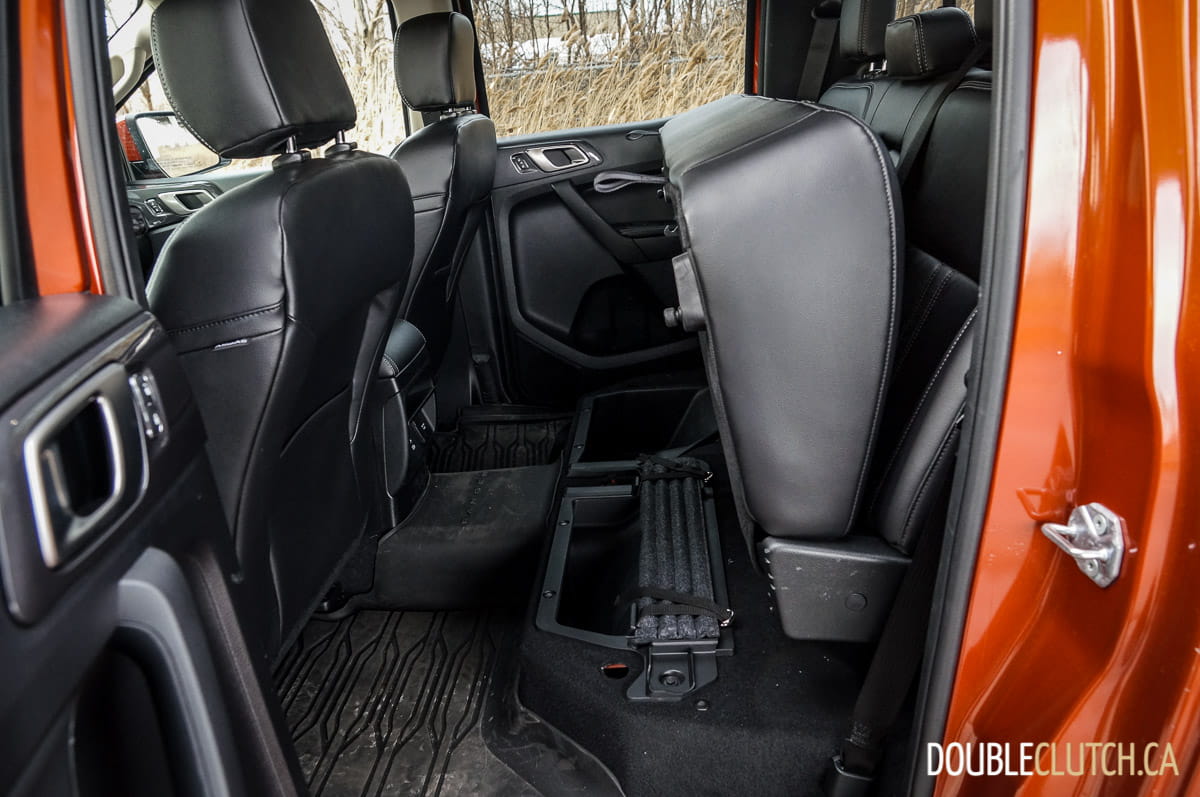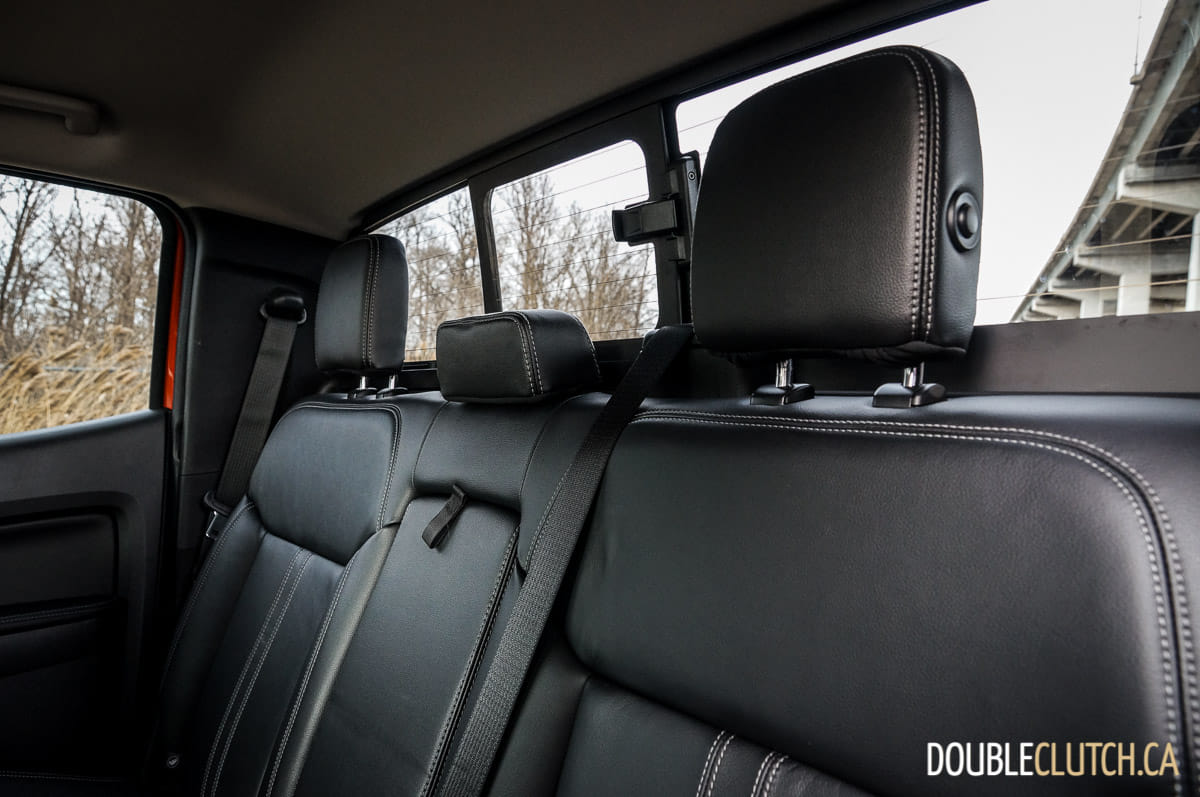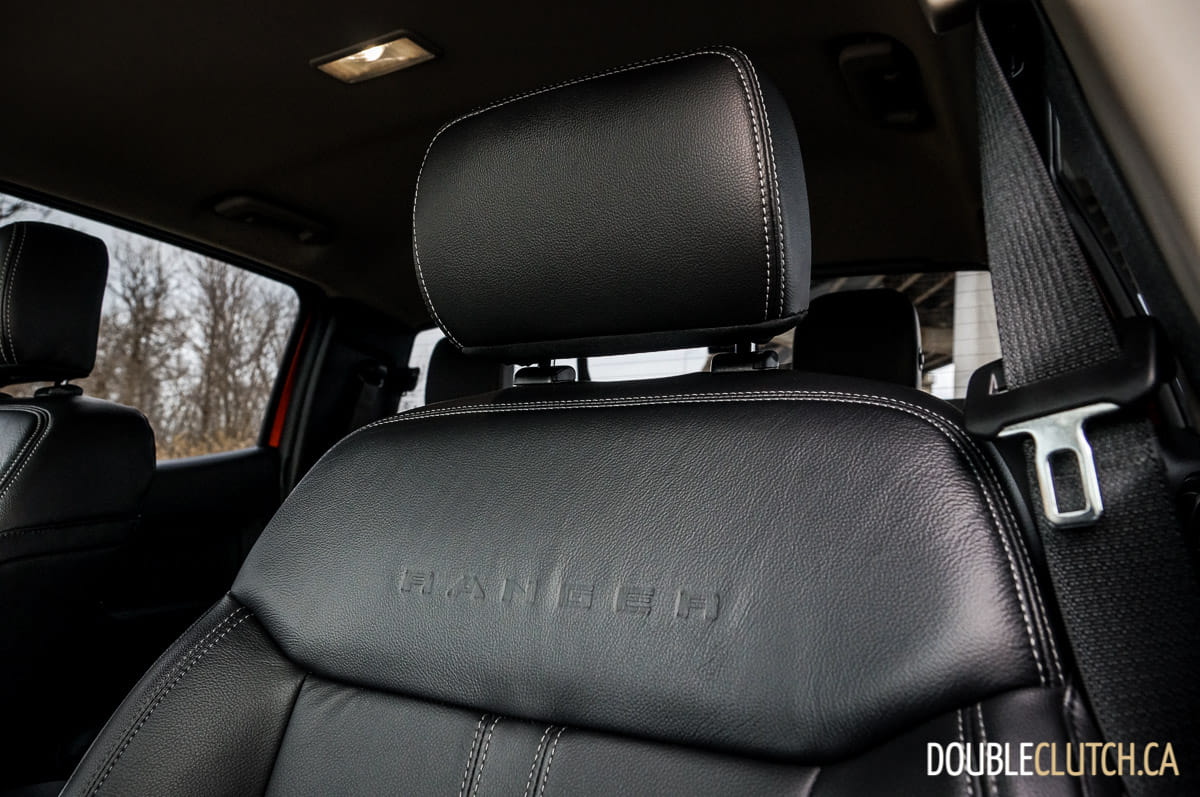Between 1983 and 2012, Ford did battle in the compact pickup truck segment with the Ranger, and enjoyed strong sales throughout its entire run. For the last seven years, however, the Canadian and American market had to watch from the sidelines as a new generation was made available for the rest of the world. The 2019 Ford Ranger Lariat, new for this year, starts off life here as an oldie, and is the same model that Ford would have sold here in the first place if they had not discontinued it. Sensing an opportunity to resurrect what’s always been a successful model line, Ford definitely has their work cut out for them, since competitors like the Toyota Tacoma and the Chevrolet Colorado/GMC Canyon twins are great trucks for those who don’t want to fully commit to a half-ton pickup. Does the Ranger have what it takes?
With at a base price of $30,569 in base XL trim, the Lariat on test starts out life at $41,389. Standard features include LED headlights and taillights, front tow hooks, power locking tailgate, trailer sway control, leather seats with power adjustability for the driver, and a 110-volt AC outlet. SuperCab (extended cab) format trucks are only available in base XL and XLT trims, and come with a six-foot bed. The Lariat is only available in SuperCrew with the larger cabin, and a five-foot bed. Options on the test car were $550 extra for Hot Pepper Red paint, $3,000 for the 501A Package (Bang & Olufsen audio, Technology Package, rain sending wipers, remote start), $1,400 for the FX4 off road package, $550 for the bed utility package (drop-in bed liner, 120V AC power outlet), and $700 running boards. With an as-tested price of $47,589, it’s not too far off the full-kit of the Toyota and GMs.
When equipped with the towing package, which adds a Class IV trailer hitch receiver and 4/7-pin wiring harness, the Ranger’s maximum capacity is a stout 7,500 pounds (3,401 kilograms), which is bested only by the Canyon and Colorado if equipped with the diesel engine (7,700 lb / 3,493 kg). The payload limit is 1,559 pounds (707 kilograms), meaning that the Ranger can make pretty short work of towing and hauling most peoples’ needs without going into the full blown large size of the F-150 (reviewed here).
Both bed and cab configurations run on the same wheelbase, and result in identical overall length. The five-foot bed on the SuperCrew length may hamper cargo capacity, but pay dividends for rear seat comfort and practicality. All Rangers come standard with four-wheel drive with low range, and the frame is fully boxed for added strength, something that the Toyota Tacoma doesn’t get. The FX4 underbody gets three skid plates to protect crucial components when the going gets tough, and the approach, departure, and breakover angles are 28.7 / 25.4 / 21.5 degrees, respectively.
Moving on inside: the interior of the 2019 Ranger might have been a lot better if it this was 2013, but it’s since been eclipsed by just about everybody else. It’s very much a sea of monotone, set in a design that’s ready for an update despite being new for this year. Fortunately, seat comfort is pretty good, and there’s a whole lot more thigh support than the Toyota Tacoma. Ford’s SYNC 3 touchscreen infotainment system is simple but easy to use, and there are enough hard buttons for common controls to keep distractions to a minimum. Apple CarPlay and Android Auto are standard, and greatly improve connectivity and safety as the best way to mirror a smartphone’s functionality. The ten-speaker, 675-watt Bang & Olufsen audio is probably among the best we’ve ever tested in a pickup truck.
For added safety, Ford has outfitted the Ranger Lariat with forward collision warning with their Ford360 safety suite, which includes automatic emergency braking, trailer sway control, adaptive cruise control, forward and reverse sensing systems, automatic high beams, blind spot monitor, and lane keep assist.
Under the hood of all trim levels of Ranger is only one engine and transmission option. A 2.3L, twin-scroll turbocharged inline four does duty here, putting out 270 horsepower at 5,500RPM and 310 lb-ft. of torque at 3,000RPM. It’s a similar unit as can be found in base model Mustangs, and it’s important to note that the Tacoma and Canyon/Colorado have naturally aspirate V6 engines by comparison. The turbo four trades some refinement and soundtrack for low-RPM grunt, negating the need to wind up the engine to higher RPMs in order to get the job done. There is little to not turbo lag to speak of, and the synthetic sound piped through the speakers makes things a little less wheezy sounding as you get closer to redline.
All Rangers come equipped with only one transmission option, and that’s a ten-speed unit that’s been co-developed with Ford and General Motors. Unfortunately, it’s very much a low water mark for the Ranger, with oddball calibration that results in very lumpy power delivery from the turbo four. Initial assumptions suggested that blame could be placed on the turbocharger, but more time spent behind the wheel revealed the gearbox as the culprit.
Driving around town, re-enacting the shifts would go something like “one, two, three, three and a half, three and three quarters, FourFiveSixSevenEightNineTen”. The Ranger holds out third gear for as long as it can, locking up the torque converter halfway through, which results in a noticeable jerk and the sense that the engine feels more laboured than it should be.
Rated fuel economy for the 2019 Ranger comes in at 11.8L/100KM in the city, and 9.8L/100KM on the highway. Observed economy over a week of testing netted 10.7L/100KM with a bias towards highway driving. Tank capacity is 68L, and while regular octane fuel is acceptable, premium with an octane of 91 or higher is recommended. The higher grade fuel is best suited for harder driving conditions such as extreme heat, towing, or hauling.
In terms of how it is to drive on the road, the Ranger Lariat with the FX4 package isn’t exactly a svelte cruiser. It handles smooth highways and filters out small imperfections well, but you never forget that you’re driving a truck when tackling more pockmarked routes at lower speeds. Potholes and speed bumps will jostle the whole interior, and secondary motions from the softer off-road suspension do the Ranger no favours. Steering and brake feel is relatively tight and responsive however, making the midsized truck drive a bit smaller than it looks (it’s a bit narrower than Tacoma, Canyon, and Colorado). General Motors wins the refinement race here.
The 2019 Ford Ranger Lariat, in a vacuum, is a great truck if it were to replace the previous generation model when it ended its run after 2012. Since then, others have come out with new designs and tech. Unfortunately, the current release of the Ranger has fallen behind almost immediately, but it does have a few shining points. Fuel economy is better than the rest, and starts to nudge the highway fuel economy ratings of the GM diesel option. The powertrain refinement docks the most points from the baby Ford truck’s score, with the transmission taking the brunt of the blame. Price wise, it’s pretty close to the others, and the Ranger ends up being almost too little, too late in the game. A new generation has been rumoured in international markets, so let’s hope that Ford will bring that one over sooner rather than later.


